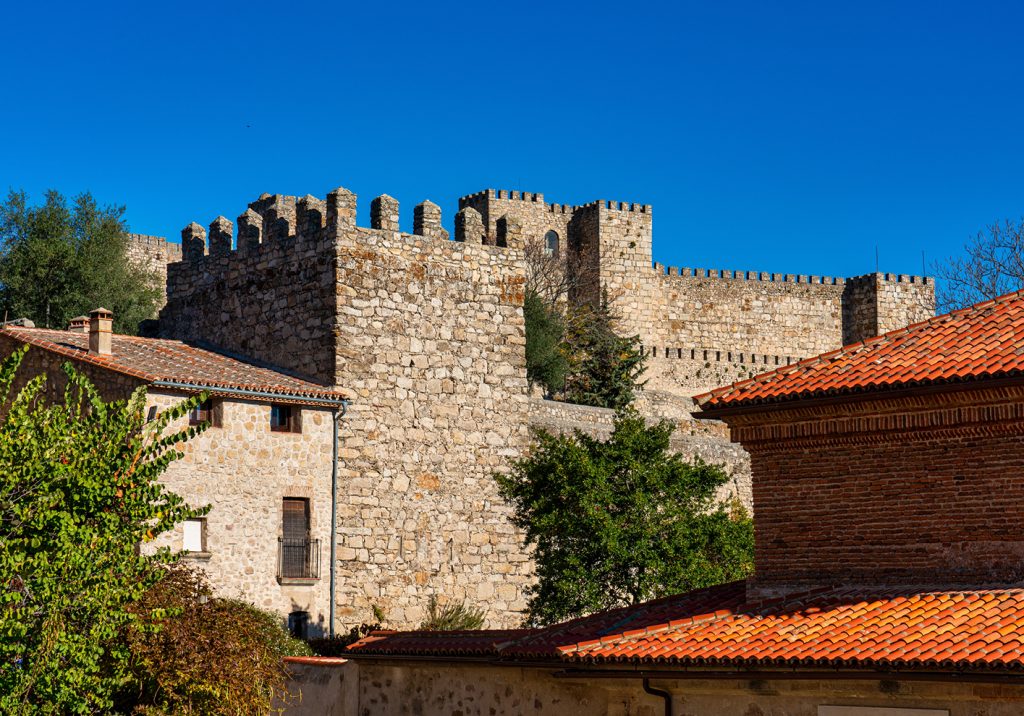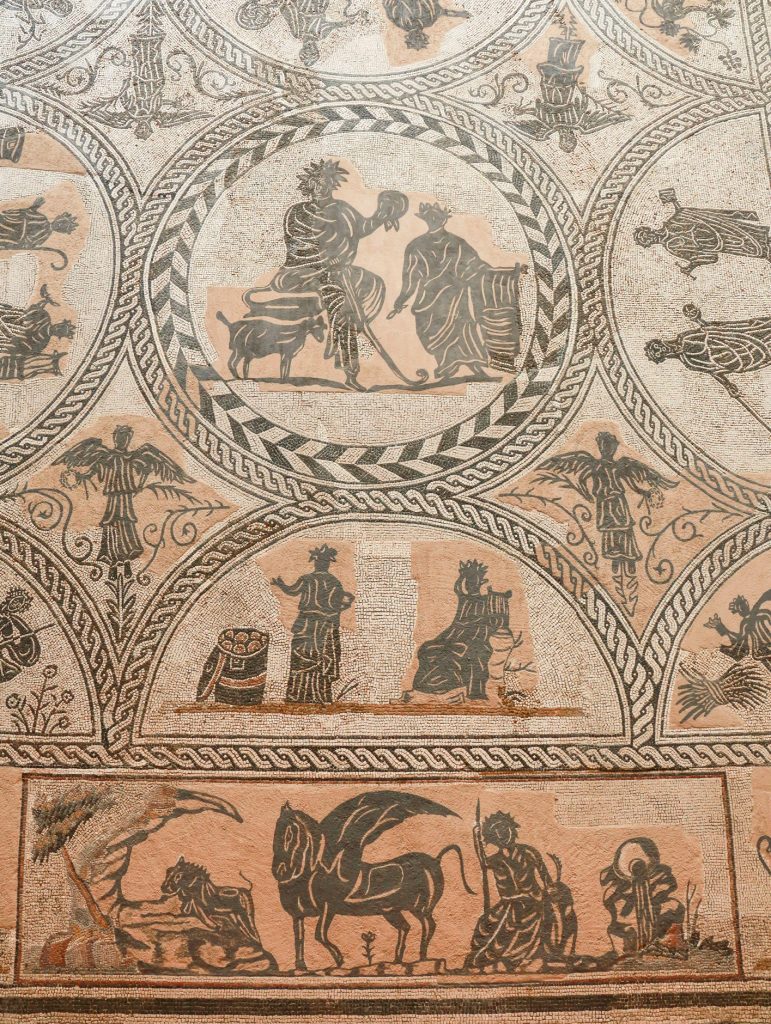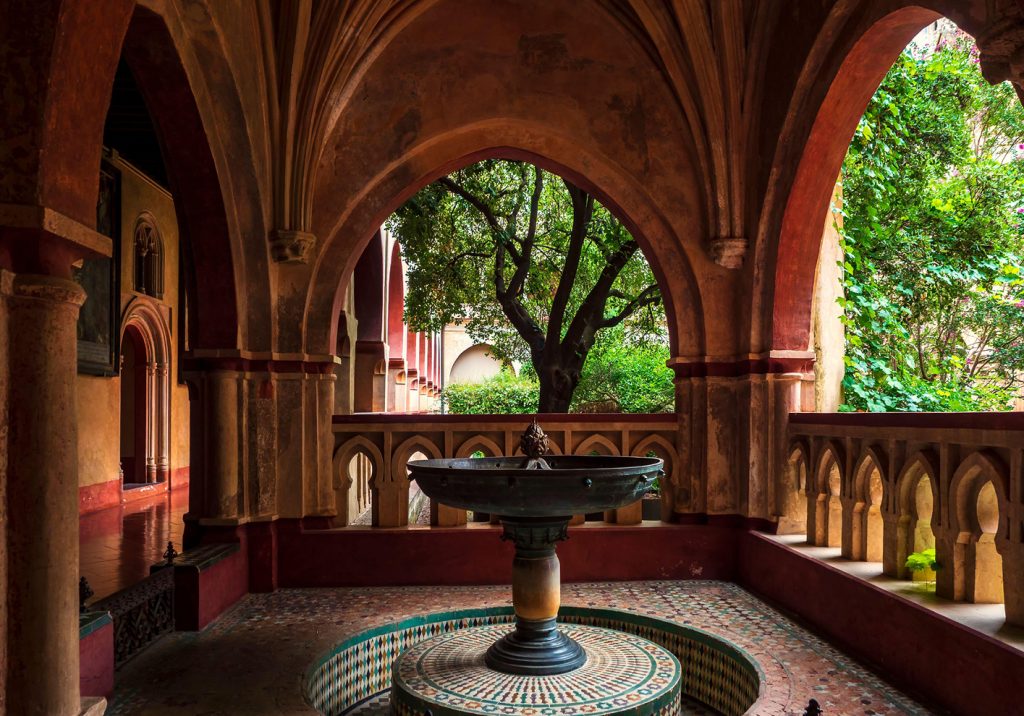Three hours south of Madrid, discover the storied history of Trujillo
What a perfect Tuscan moment. Perched on a medieval hilltop battlement, I’m savouring a dying sun as it washes honeyed light across lines of cypress, stone campanile and streets lined with Renaissance mansions. Beyond the city walls, the wide empty countryside embraces distant hills.
But looks, particularly handsome Italian looks, can be deceptive. Stay a while in Trujillo and everything is a little too harsh for bucolic Tuscany. Its architectural edges too sharp, its climbs too steep, its heat too fierce, with furnace-like summers. Most obviously, the weight of its history is too heavy. Three hours south of Madrid in Extremadura, Trujillo was forged by survivors and military conquerors, not sensuous hedonists.

Its impressive roll call of 16th-century palaces was built by conquistadors on their return to Spain, including the city’s most famous son, Francisco Pizarro, who embarked on his first South America voyage 500 years ago this month. Like modern-day oligarchs splurging on superyachts, the conquistadors – enriched by New World booty – flaunted their wealth through impressive residences: an urban grand design bankrolled by colonial loot.
On a late autumn afternoon of brittle sunshine, I embark on a Renaissance ramble. Palacio del Marqués del Conquista, built by Pizarro’s brother, Hernando, reveals artistic statuary and carvings of indigenous South Americans, while the imposing Palacio de los Duques de San Carlos, home to renowned summer opera performances, is crowned with sculptural chimneys, their design inspired by Inca and Mayan temples. Nearby the elegant, arched entrance of Palacio de Juan Pizarro de Orellana – home to Cusco’s first chief magistrate – was more practical than decorative, welcoming fortune seekers who wished to enrol for a Peruvian adventure.

Like many of the palaces, it gazes across the Plaza Mayor. One of Spain’s finest squares – there’s stiff competition – it’s graced by a bronze statue of Francisco Pizarro riding a magnificent stallion. A replica monument to the legendary conquistador sits astride a plinth around 5,800 miles away in the Peruvian capital Lima.
After a lunch of pungent gooey torta del casar cheese and exquisite jamón ibérico de bellota, alchemized from pigs raised among millions of acres of local oak trees, I re-enter Trujillo’s steep huddle of historic properties. The Pizarro House Museum – actually a 15th-century merchant’s home rather than the humble dwelling of the illiterate bastard who’d later subjugate the Incas – provides a diplomatic spin on his Peruvian expeditions with pictures of grinning peasants offering corn, potatoes and pineapples. The nearby display of conquistador armour, marked with savage dents, suggests the reality may have been a little less harmonious. Nearby, I notice a wonderful piece of historical symmetry. The home of Francisco de Orellana, the first European to see the Amazon, sits alongside Trujillo’s aged water source.

The old town’s dark Tuscan vibe may also be the fruit of Spain’s muscular strain of Catholicism. Remarkably, the city with a population of just 9,193, still has 10 churches and chapels, several religious orders and six convents, including the San Pedro and Santa Isabel cloister, home to the world’s most commercially voracious nun. As its devout flock may be heard but never seen, the sister sells her homemade cakes from behind a rotating metal drum slotted into the convent wall.
I ring the adjacent bell. A spooky, disembodied voice offers a crisp ‘Ave Puríssima’ before quickly getting down to business. I select a bag of small coconut-frosted buns called pastelitos, and discover they carry an eye-popping €8 price tag.
‘What about magdalenas de almendras as well?’ The nun is upselling.
‘No thank you, sister.’
‘Pastas de coco?’ she counters. ‘They’re very good.’
Reeling at the invisible nun’s hardscrabble tactics, I alter my order to magdalenas.
‘They’re also €8,’ she says. ‘And you’ll want the soft-centred sweets. That makes €12.’
‘Stop, sister. Please. Just the magdalenas.’
‘Are you sure?
The drums turns. Twelve small, over-priced almond muffins arrive. It spins again. My €8 vanishes. As does the sister. I imagine she has returned to the San Pedro trading floor where a team of highly focused nuns buy and sell forex, futures and fixed-interest bonds from behind banks of flickering screens. Should she ever leave the cloth, a second career surely beckons at Merrill Lynch.
Battered into submission, I nibble away at my precious magdalenas en route to another intriguing religious institution. Across Extremadura’s Unesco-listed landscape, where Iberian eagles wheel above vast grasslands dotted with oak trees, the Royal Monastery of Nuestra Señora de Guadalupe (yet another World Heritage Site) owns a stellar collection of paintings and sculptures.

While Florence has Michelangelo’s David, the monastery has his marble carving of Christ on the cross. Nearby walls groan with artworks of beheadings, massacres and deathbed confessions, courtesy of Goya, El Greco and Zurbarán. Not the sunniest of holiday entertainment perhaps, but they are, without exception, mesmerising, thought provoking and brilliant.
There’s time for one final attraction that carries further echoes of Tuscany. Like the Italian region, Extremadura is rich in Roman remains. As the former capital of the province of Lusitania, Mérida was one of the empire’s most celebrated cities. Its theatre, amphitheatre and aqueduct – a gloriously symmetrical arcade stretching for 800 metres – are undeniably impressive but Mérida’s most beautiful classical site dates back to 1986AD. In Rafael Moneo’s sublime National Museum of Roman Art, ancient statuary, columns and mosaics, along with excavations of two millennia-old streets, are spotlit beneath soaring arches and five-storey high walls of slim flat bricks: an exquisitely curated display of Roman creativity and a perfect companion to all those Renaissance palaces, campanile and lines of cypress.
Stay among vaulted ceilings and antiques in Trujillo’s 16th-century Palacio Chaves Hotel; palaciochaveshotel-trujillo.com-hotel.com; britishairways.com flies daily to Madrid


